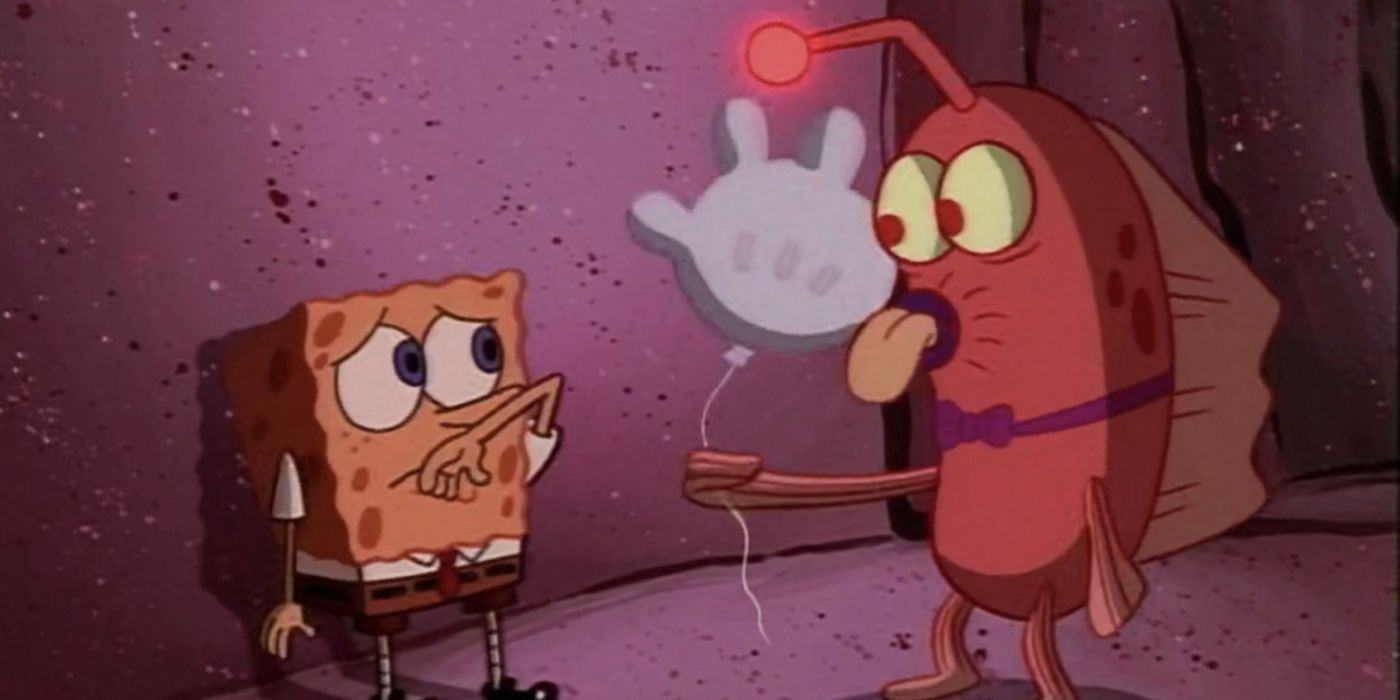With its cheerful tone, SpongeBob . Square Pants After giving way to various theories about its character, some have stated that the real meaning of the show has to do with another theme of SpongeBob’s mental illness. Created by Stephen Hillenburg, SpongeBob . Square Pants Has become the most successful Nicktoon to date. SpongeBob . Square Pants There is a unique sense of humor that not everyone enjoys, which leads to many different interpretations of their personalities, from the fact that they all take different drugs and even represent diseases. different psyche. The personalities of the characters are extreme and different from each other, in order to make room for funny and even ridiculous moments.
However, the personalities of the characters in the play SpongeBob . Square Pants It seems to fit the profile of different mental illnesses, leading different audiences to see the characters as representative of those illnesses. What each character represents is up to the viewer, as there are many versions of the same theory, but the most agreed upon point is that the timeless SpongeBob SquarePants themselves may be the face of ADHD. , as he almost never stands still. His attention span is short, unless it’s related to a task he really cares about, like cooking and hunting jellyfish.
SpongeBob SquarePants’ Theory of Mental Illness Explained
SpongeBob’s theory of mental illness considers Patrick as the typical child with mental retardation, while Squirrel Sandy has Borderline Personality Disorder. Sandy’s “diagnosis” stems from her extremely volatile and impulsive mood, which leads to risky activities. Next is Squidward who suffers from social anxiety, depression and even narcissism, as he tends to isolate himself and distance himself from most things, people and his ego. spongesMr. Krabs represents OCD and possibly Narcissistic Personality Disorder, given how obsessed he is with money and putting it first, and even his daughter Pearl, who represents it. Body dysmorphic disorder.
Last but not least, Plankton has NPD and/or Antisocial Personality Disorder, while Mrs Puff has Generalized Anxiety Disorder and PTSD due to SpongeBob SquarePants. Not sure Hillenburg did this on purpose, it’s just a fun coincidence. If Nickelodeon wants to include mental illness in children’s content, they will do so in an appropriate way and not through over-the-top cartoons intended to entertain viewers. In the end, everyone watching will understand SpongeBob . Square Pants In the way they want, and as long as they don’t hurt anyone, there will be more and more theories about the inhabitants of Bikini Bottom.
How SpongeBob’s Mental Health Theory Is Harming Mental Health Conversations

Conversations around mental health sensitivities are increasingly tailored to the needs of patients, and this is particularly sponges Taking the theory of mental illness too seriously could ruin this speech. While it can be interesting to delve deeper into the comics by creating theories that represent different mental illnesses, it only yields harmful stereotypes. In general, this is a simplified view of mental health that only exaggerates and emphasizes stereotypes about specific issues, such as all sponges The characters take different drugs. In addition, a person with one of these conditions may feel mislabeled and misrepresented.
Appropriate representation is not something to be taken lightly, and labeling these characters with various mental illnesses is a diminutive and frustrating way of addressing possible layers in the show. It’s fun trying to figure out the darker layers in it SpongeBob . Square Pantsbut this theory may do more harm than good.
For example, there is more than one type of ADHD, so the symptoms of SpongeBob SquarePants seem to be more familiar to someone with hyperactive ADHD than someone with less impulsive, introverted ADHD. ADHD is more difficult to diagnose (through bbc). While no one misses the instant diagnostic results SpongeBob . Square Pants In theory, it has a negative impact on the broader discussion.
An episode of SpongeBob SquarePants that addresses mental health issues directly

While SpongeBob’s theories about mental illness may not be entirely accurate for the series, there is one episode that deals directly with mental health. Much of the series is about keeping SpongeBob as happy as possible, while also trying to make the others around him happy, whether they want to or not. In episode 1 “Rock Bottom”, SpongeBob’s story changes a lot, as this episode deals directly with depressive symptoms. The episode begins with SpongeBob SquarePants and Patrick on their way home from the amusement park when suddenly the bus takes them to Rockbot City.
This is where everything changes, brightly colored bikinis give way to a dull, drab rock bottom, a land shrouded in darkness. SpongeBob and Patrick quickly went from excited to worried, and Patrick was terrified. Feelings of anxiety then turn to despair and eventually an event that ends with SpongeBob alone in the dark. The things that used to make him happy no longer work, and his feelings of hopelessness deepen. An angelfish’s kindness helps to inflate the balloon and bring SpongeBob back to Bikini Beach, where his sense of happiness finally returns. This episode shows SpongeBob’s entire theory of mental illness.
